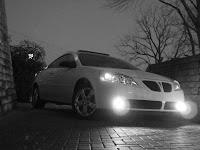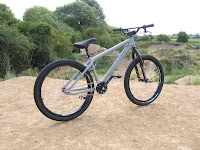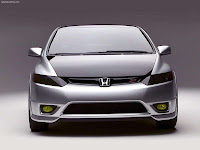Friday, August 31, 2012
Preparing Your Car For Summer Driving
Label: Car, Tips 'n Tricks
Posted by a@m at 6:34 AM 0 comments
Friday, August 24, 2012
Automobile Stereo Installation Guide
Label: Car, Hobbies, Tips 'n Tricks
Posted by a@m at 5:45 AM 0 comments
Sunday, July 15, 2012
ATV History - Part 2
Label: ATV, Hobbies, Know What
Posted by a@m at 1:58 AM 0 comments
Wednesday, July 11, 2012
ATV History - Part 1
Label: ATV, Hobbies, Know What
Posted by a@m at 1:54 AM 0 comments
Thursday, July 5, 2012
Mountain Dirt Bikes
Label: Hobbies, Know What, Motorcycle
Posted by a@m at 1:35 AM 0 comments
Tuesday, June 26, 2012
Mercedes Benz E55 AMG: World’s Fastest Wagon
Label: Car, Mercedes Benz
Posted by a@m at 3:52 AM 0 comments
Monday, June 18, 2012
How to Makes Your Car Looks Like New
Label: Car, Tips 'n Tricks
Posted by a@m at 3:31 AM 0 comments
Tuesday, June 12, 2012
History of Car Pinstriping
Label: Car, Hobbies, Know What, Tips 'n Tricks
Posted by a@m at 1:10 PM 0 comments
Wednesday, June 6, 2012
2006 Pontiac G6 Coupe Redefines Performance
 "The
G6 coupe and convertible are uniquely Pontiac vehicles that are great additions
to the family started by the G6 sedan," said Jim Bunnell, Pontiac-GMC
general manager. "The G6 coupe delivers outstanding performance and
generous interior room, and the G6 is the only hardtop convertible that has
room for four adults."
"The
G6 coupe and convertible are uniquely Pontiac vehicles that are great additions
to the family started by the G6 sedan," said Jim Bunnell, Pontiac-GMC
general manager. "The G6 coupe delivers outstanding performance and
generous interior room, and the G6 is the only hardtop convertible that has
room for four adults." Posted by a@m at 10:07 AM 0 comments
Saturday, June 2, 2012
Test Driving Your Car
 Getting
a new car thrills and excites. Sometimes it is easy to get carried away in our
initial response to a car. No matter how much you like a certain vehicle, take
it for a long, serious test drive.
Getting
a new car thrills and excites. Sometimes it is easy to get carried away in our
initial response to a car. No matter how much you like a certain vehicle, take
it for a long, serious test drive. Label: Car, Tips 'n Tricks
Posted by a@m at 10:02 AM 0 comments
Wednesday, May 30, 2012
Maintaining Your Snowblower
Label: Tips 'n Tricks
Posted by a@m at 5:35 AM 0 comments
2006 Honda Civic Si
Posted by a@m at 12:35 AM 0 comments
Monday, May 21, 2012
Recycled Car Parts
Label: Know What, Parts, Tips 'n Tricks
Posted by a@m at 10:40 PM 0 comments
Sunday, May 20, 2012
Dealing With an Overheated Radiator
Label: Car, Parts, Tips 'n Tricks
Posted by a@m at 3:27 AM 0 comments
Saturday, May 19, 2012
Chevrolet Silverado Hybrid Pickup
Posted by a@m at 6:17 AM 0 comments
Volkswagen Touran Hymotion: Fuel Cell Hybrid Vehicle
Label: Car, Hybrid, Volkswagen
Posted by a@m at 6:15 AM 0 comments
Mercury Mariner Hybrid
Label: Car, Hybrid, Mercury Mariner
Posted by a@m at 6:10 AM 0 comments
Friday, May 18, 2012
Customizing Your Car Pinstriping
Label: Hobbies, Know What, Tips 'n Tricks
Posted by a@m at 6:05 AM 0 comments
















